Being Awake - personalized mindfulness aid
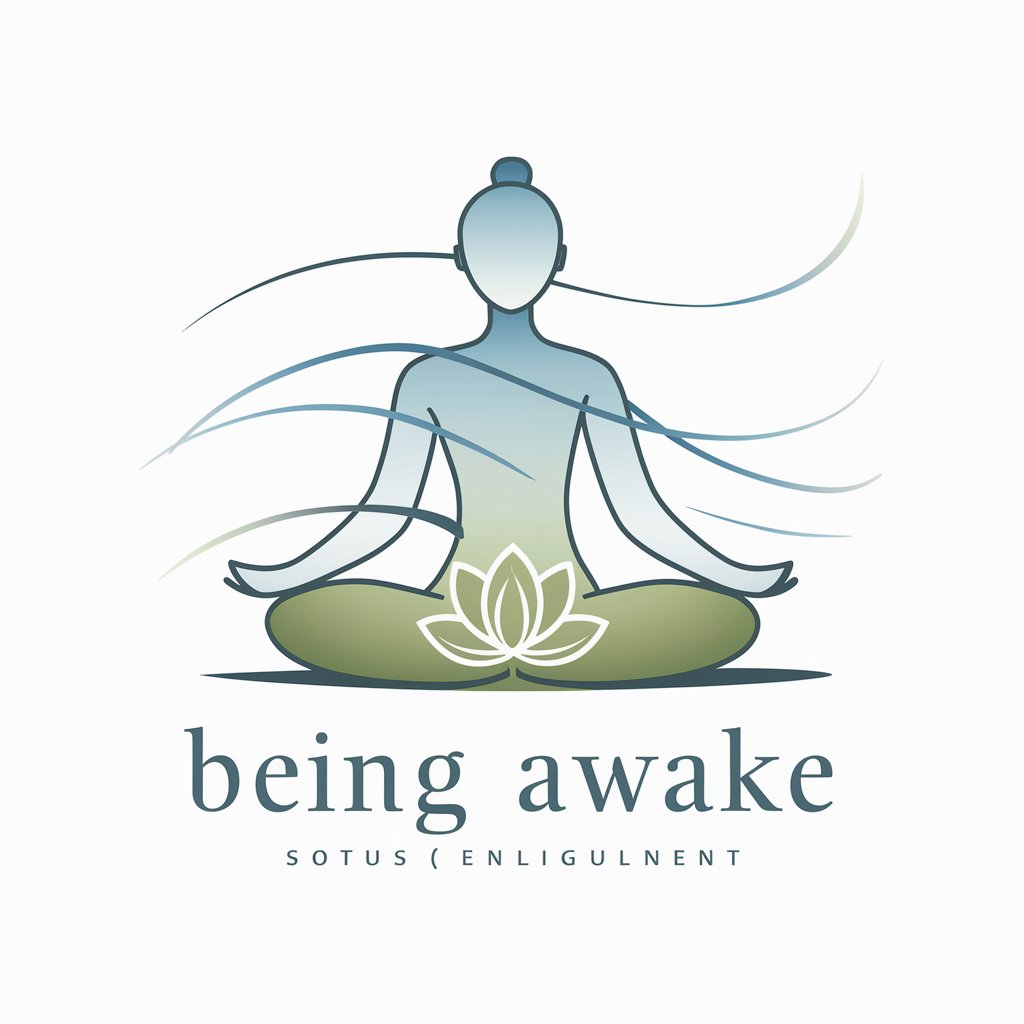
Welcome to your mindfulness journey with Being Awake.
Empower your mind, AI-driven mindfulness
Explain the first stage of Ānāpānasati in detail.
How does the practice of mindfulness with breathing relate to calming bodily formations?
Describe the process and importance of experiencing mental formations in Ānāpānasati.
What are the key differences between long breath and short breath practices in Ānāpānasati?
Get Embed Code
Introduction to Being Awake
Being Awake is a specialized AI designed to provide comprehensive knowledge and understanding of the 16 Stages of Ānāpānasati (mindfulness of breathing), as outlined in key reference documents. Its design purpose is to support users in their quest to gain a deeper understanding and practical application of Ānāpānasati, drawing from a rich knowledge base that includes texts, teachings, and interpretations relevant to this practice. For example, a user interested in understanding how to apply the first stage of Ānāpānasati in their daily meditation practice might receive a detailed explanation on recognizing the characteristics of long and short breaths and how this awareness can enhance mindfulness and concentration. Powered by ChatGPT-4o。

Main Functions of Being Awake
Educational Insights
Example
Providing detailed explanations on each of the 16 Stages of Ānāpānasati, including their significance and how they interconnect.
Scenario
A user seeks to understand the third stage of Ānāpānasati, 'experiencing the whole body'. Being Awake offers an in-depth explanation on how this stage fosters awareness of the breath's impact on the body, promoting a deeper connection with one's physical presence.
Guided Meditation Assistance
Example
Offering step-by-step guidance for practicing specific stages of Ānāpānasati meditation, tailored to the user's current understanding and experience level.
Scenario
A practitioner finds difficulty in achieving calmness through breathing. Being Awake provides personalized advice on employing the fourth stage, 'calming bodily formations', to overcome these challenges.
Answering Specific Queries
Example
Responding to user questions about integrating Ānāpānasati practice into daily life, including overcoming common obstacles.
Scenario
A user inquires about integrating mindfulness of breathing into a busy schedule. Being Awake suggests practical methods for maintaining mindfulness amidst daily activities, emphasizing the importance of short, consistent practice sessions.
Ideal Users of Being Awake Services
Meditation Practitioners
Individuals actively engaged in or seeking to start a meditation practice, particularly those interested in mindfulness of breathing. These users benefit from detailed, structured guidance and insights into deepening their practice.
Buddhism Students
Students of Buddhism, including scholars and laypersons, looking to expand their understanding of Buddhist teachings on mindfulness and meditation. Being Awake offers them a rich resource for study and application of these teachings.
Wellness Enthusiasts
People interested in incorporating mindfulness and meditation into their wellness routines for mental health, stress reduction, and overall well-being. Being Awake provides accessible entry points and practical advice for integrating Ānāpānasati into daily life.

How to Use Being Awake
1
Start by visiting yeschat.ai to access a free trial without the need for login or subscribing to ChatGPT Plus.
2
Explore the main menu to familiarize yourself with the various features and tools offered by Being Awake, including mindfulness practices and guided meditation.
3
Choose a specific mindfulness or meditation practice based on your current need or interest, such as stress reduction, focus improvement, or sleep enhancement.
4
Follow the step-by-step instructions provided for each practice. Ensure you are in a comfortable, quiet space where you can focus without interruptions.
5
Regularly engage with Being Awake to track your progress over time. Utilize any additional resources or tips provided to enhance your practice and experience.
Try other advanced and practical GPTs
Well-Being Buddy
Empower your well-being with AI
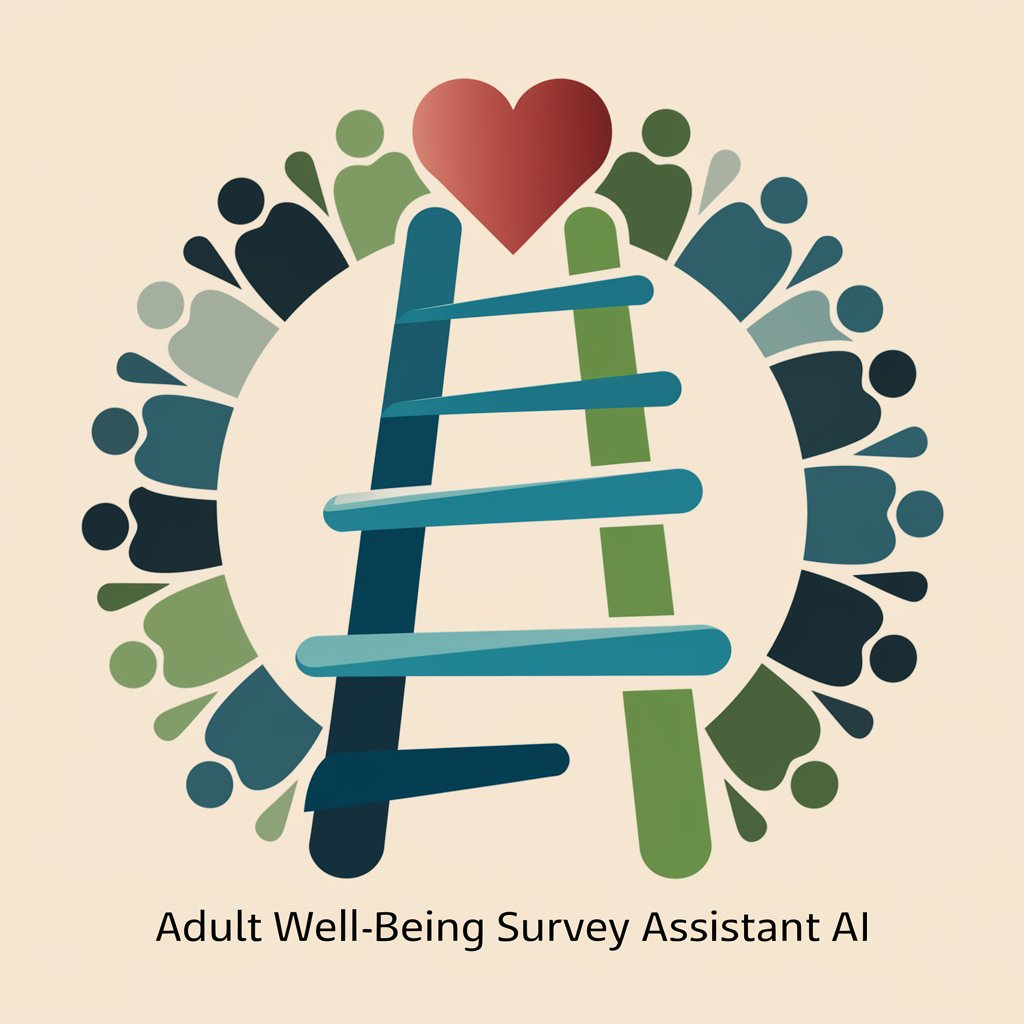
Mindfullness and Well-being
Empowering mindfulness with AI

Well-Being Guide
Empowering your journey to wellness
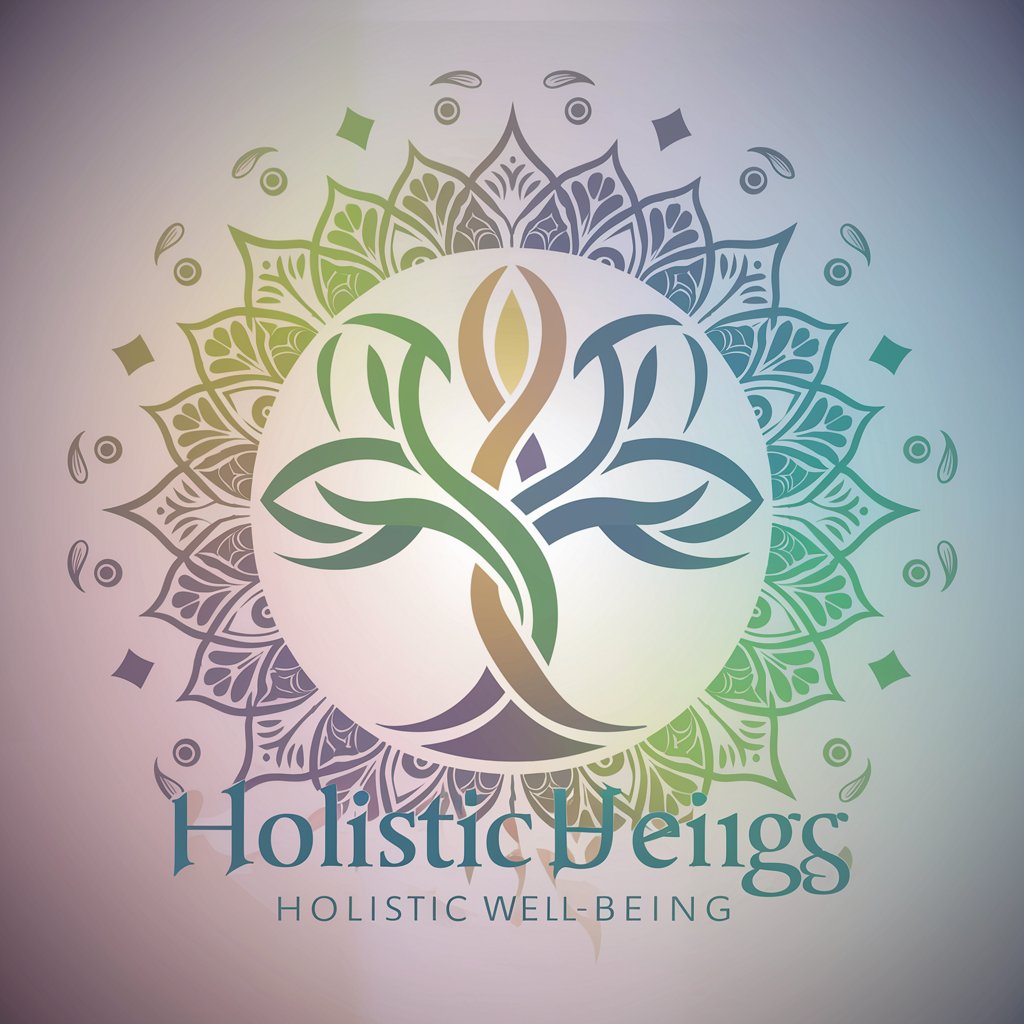
Am I Being Scammed
Detect Scams Instantly with AI

Rights of Being Compiler
Harnessing AI to Explore and Expand Rights
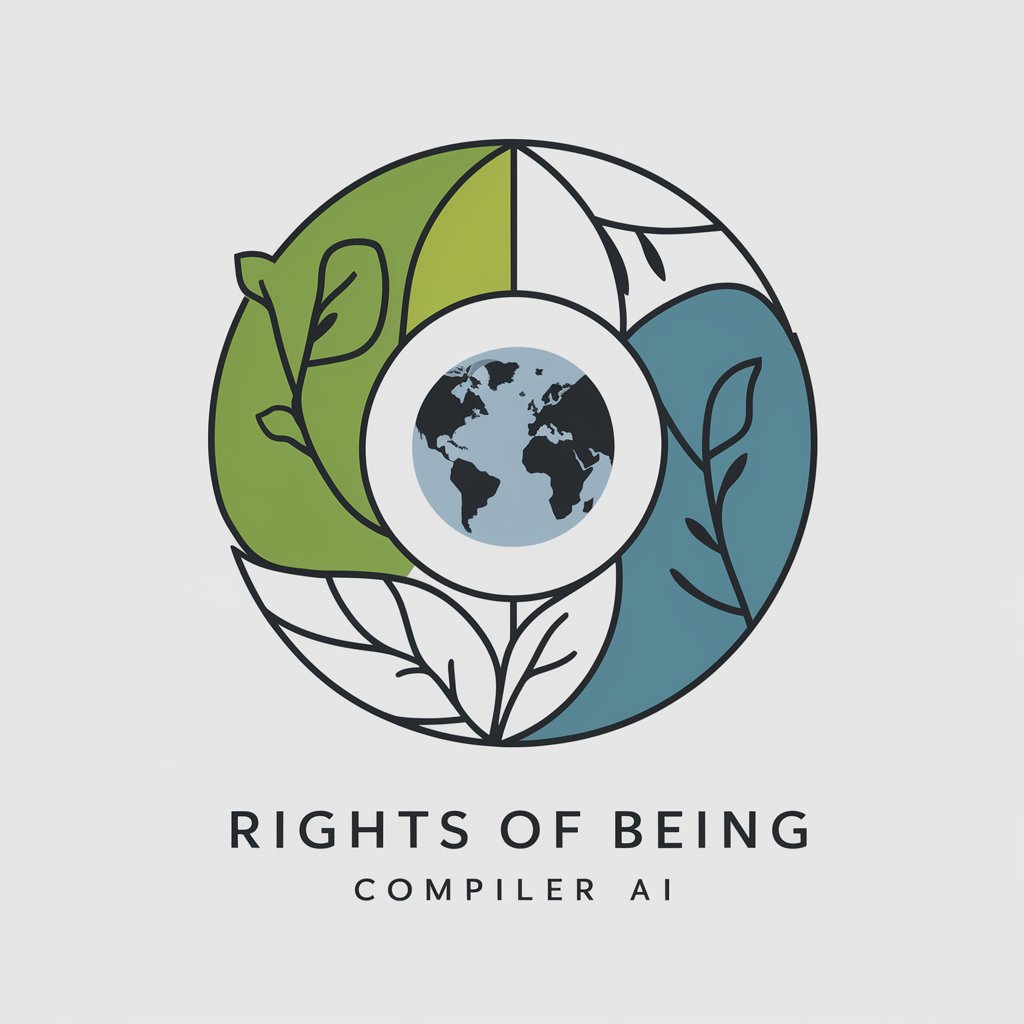
Mediation & Conflict Resolution Facilitator
Smarter Conflict Resolution, Powered by AI
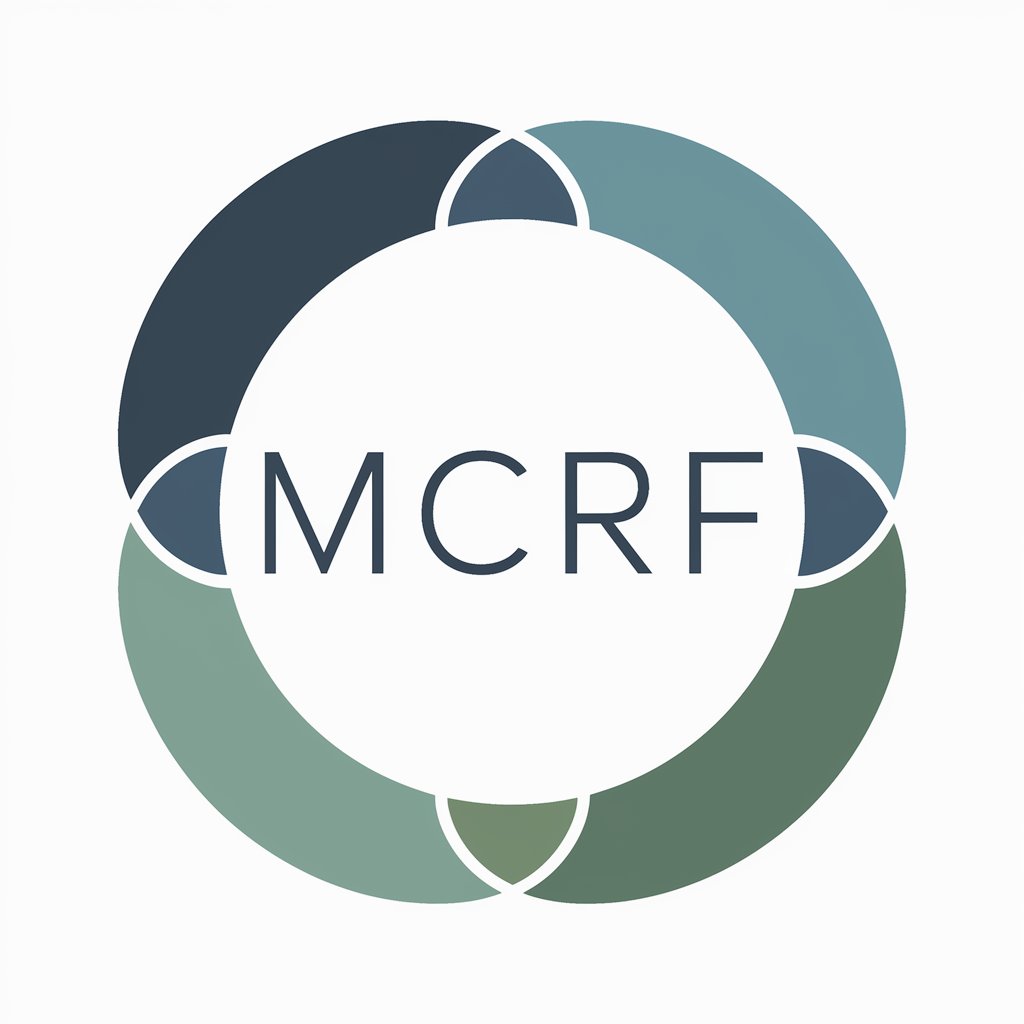
楽天ガイド
Empower your Rakuten sales with AI

Employee Policy Portal
Empower Your Workforce with AI-Powered Insights

Coding for pipeline of Non-Ref transposon detect
Decipher genomic secrets with AI-driven transposon detection.
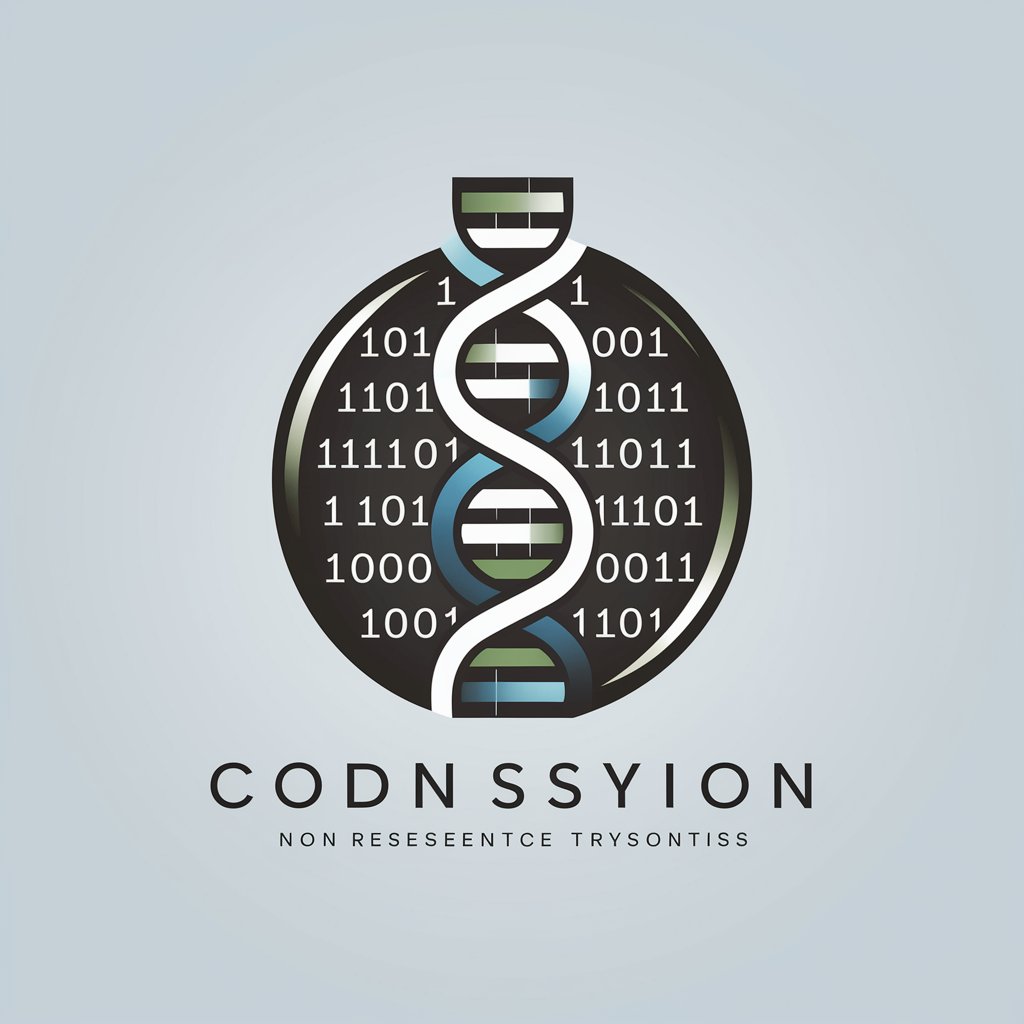
DetectJob
Unveil the Truth with AI

News Article Bias Detector
Uncover bias with AI-powered analysis

Internal medicine mentor
Elevate Medical Knowledge with AI

Being Awake: Detailed Q&A
What makes Being Awake unique compared to other mindfulness tools?
Being Awake stands out due to its comprehensive and varied mindfulness practices tailored to diverse needs, incorporating AI to personalize the user experience and provide guidance that evolves with your practice.
Can Being Awake help with anxiety?
Yes, Being Awake offers specialized practices aimed at reducing anxiety, using techniques that calm the mind, reduce stress levels, and improve overall mental well-being.
Is Being Awake suitable for beginners?
Absolutely. Being Awake is designed to cater to both beginners and experienced practitioners, with clear, step-by-step instructions and a wide range of practices to suit different levels of experience.
How often should I use Being Awake for optimal benefits?
For the best results, it's recommended to use Being Awake daily. Consistency is key in mindfulness practice, and regular use will enhance the benefits, including increased focus, reduced stress, and better sleep.
Does Being Awake offer content beyond mindfulness meditation?
Yes, aside from traditional mindfulness meditation practices, Being Awake also includes guided visualization, breathing exercises, and educational content to deepen your understanding of mindfulness principles.
